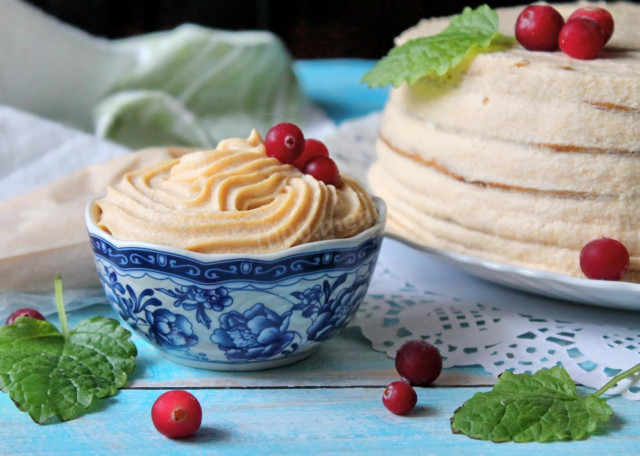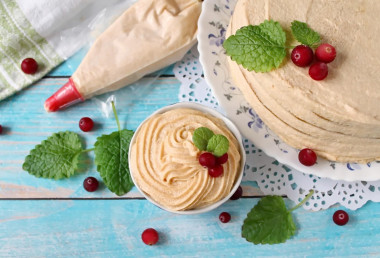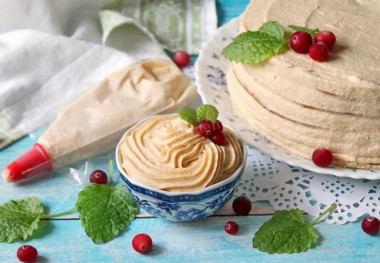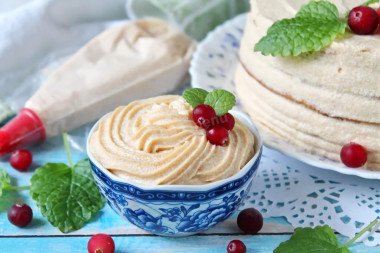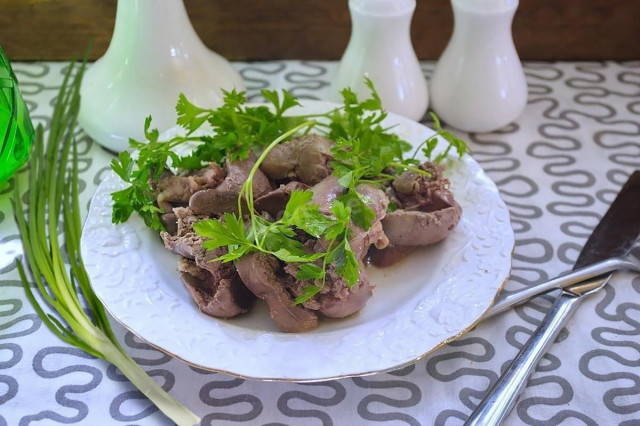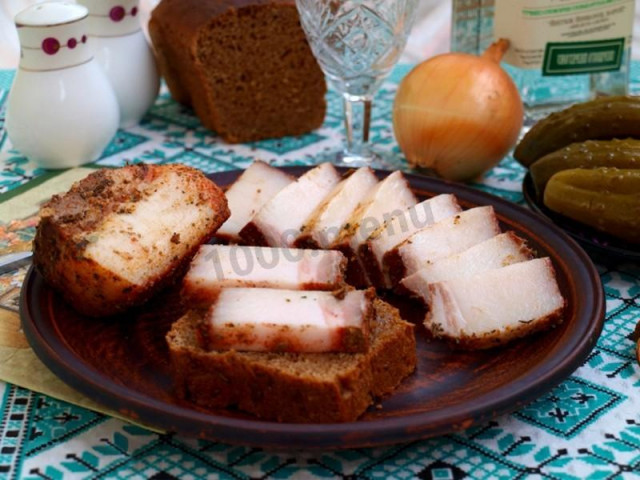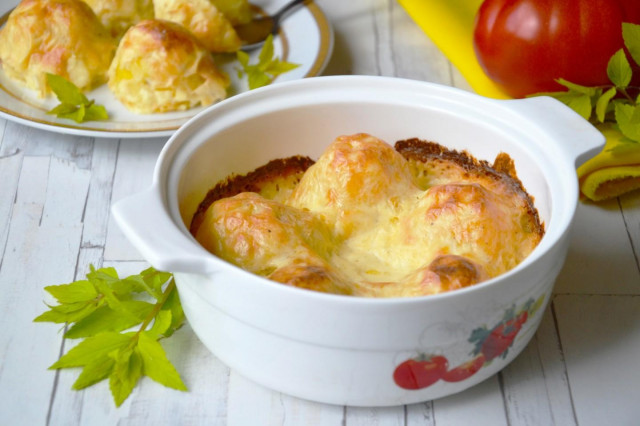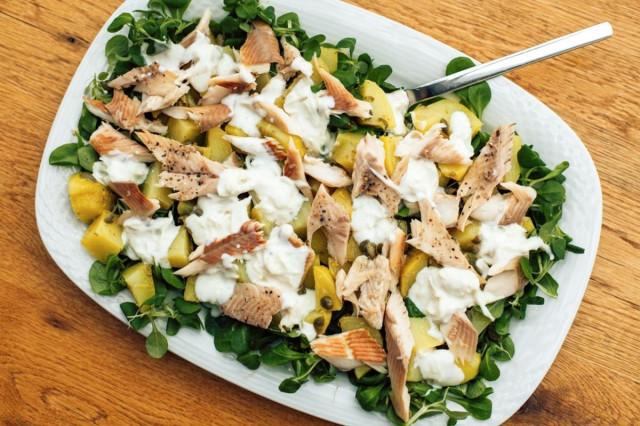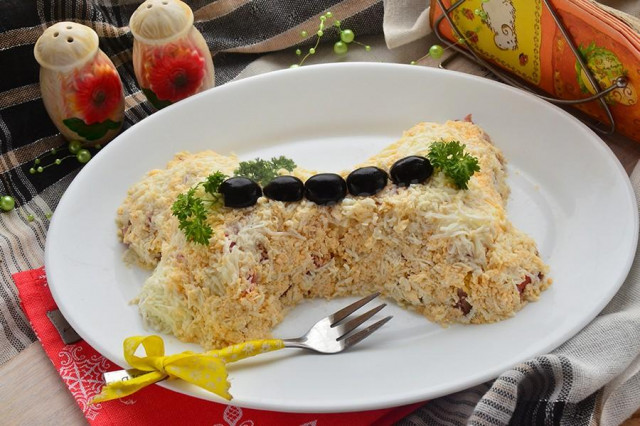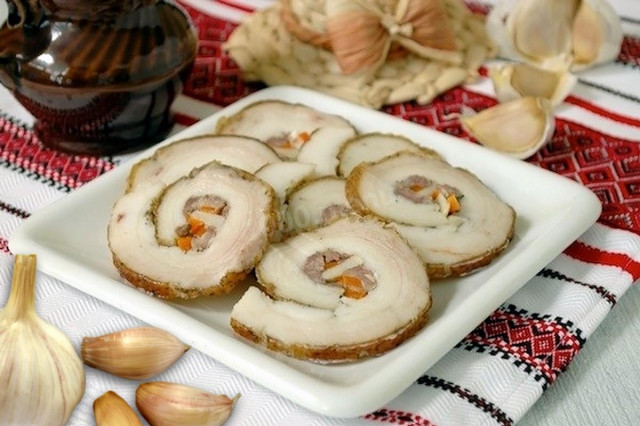Composition / ingredients
Step-by-step cooking
Step 1:

How to make custard with boiled condensed milk? Prepare all the necessary ingredients. Condensed milk can be bought in the store, provided that it is of high quality. But it is best to cook it from ordinary condensed milk, boiled for several hours in water at a slow boil and cooled. But make sure that the jar is always in the water, otherwise you will have to wash the kitchen for a very long time. Remove the butter and condensed milk from the refrigerator in advance so that they are at room temperature.
Step 2:
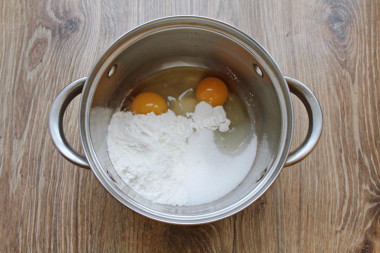
Break eggs into a saucepan, add sugar and starch, mix until smooth. If you want the cream to be denser, replace the starch with flour of the highest grade. Or take starch and flour in equal proportions.
Step 3:

Pour 200 milliliters of cold milk into the mixture and mix.
Step 4:
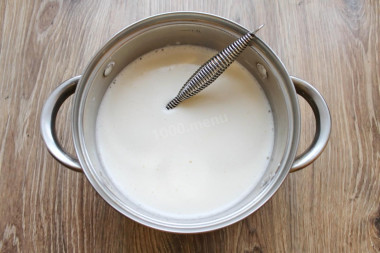
Bring the rest of the milk to a boil in another saucepan with a thick bottom and remove from heat. Stirring intensively, pour the egg mass into the hot milk and mix until smooth.
Step 5:
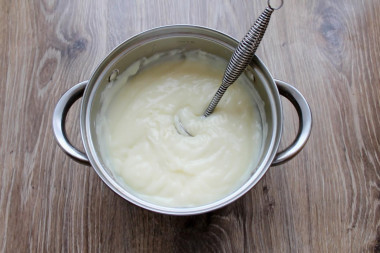
Put the pan on a very slow fire and, without stopping stirring, cook the cream until thickened and the first "bubbling". Remove from the heat and put the film on top in contact with the cream. That is, the film should lie on the surface of the cream, this will not allow the foam to form on top, which will lead to lumps in the future. Cool the cream completely to room temperature.
Step 6:
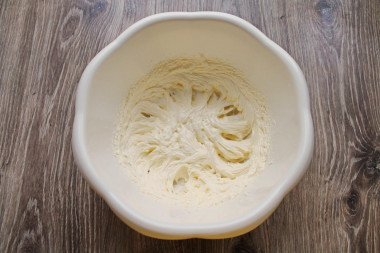
Beat the soft butter with a mixer for 5-6 minutes until fluffy.
Step 7:
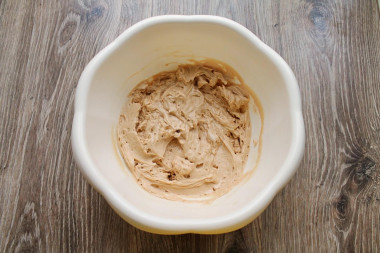
Whipping at low speed, add boiled condensed milk one tablespoon at a time, mixing well each time.
Step 8:
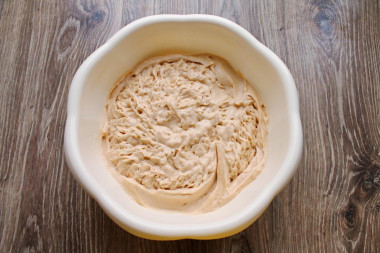
After you beat the butter with condensed milk, whisking at low speed, add the custard at room temperature one tablespoon at a time. After adding each time, be sure to beat until smooth. At the end, whisk the cream for another 1-2 minutes. If the cream does turn out to be lumps, rub it through a sieve and whisk a little at low speed. It is better to use it immediately, do not store it in the refrigerator.
Step 9:

Enjoy the application.
Instead of sugar, you can use a sweetener that is not afraid of heat treatment.
How do I know if an egg is fresh? Break it into a separate container. First of all, there should be no unpleasant smell. The protein of fresh eggs will be transparent and clean. The yolk should not spread and will be shiny, convex, homogeneous.
Be sure to wash the eggs before use, as even the seemingly clean shell may contain harmful bacteria. It is best to use food detergents and a brush.
Caloric content of the products possible in the composition of the dish
- Whole cow's milk - 68 kcal/100g
- Milk 3.5% fat content - 64 kcal/100g
- Milk 3.2% fat content - 60 kcal/100g
- Milk 1.5% fat content - 47 kcal/100g
- Concentrated milk 7.5% fat content - 140 kcal/100g
- Milk 2.5% fat content - 54 kcal/100g
- Chicken egg - 157 kcal/100g
- Egg white - 45 kcal/100g
- Egg powder - 542 kcal/100g
- Egg yolk - 352 kcal/100g
- Ostrich egg - 118 kcal/100g
- Granulated sugar - 398 kcal/100g
- Sugar - 398 kcal/100g
- Starch - 320 kcal/100g
- Butter 82% - 734 kcal/100g
- Amateur unsalted butter - 709 kcal/100g
- Unsalted peasant butter - 661 kcal/100g
- Peasant salted butter - 652 kcal/100g
- Melted butter - 869 kcal/100g
- Boiled condensed milk - 328 kcal/100g

